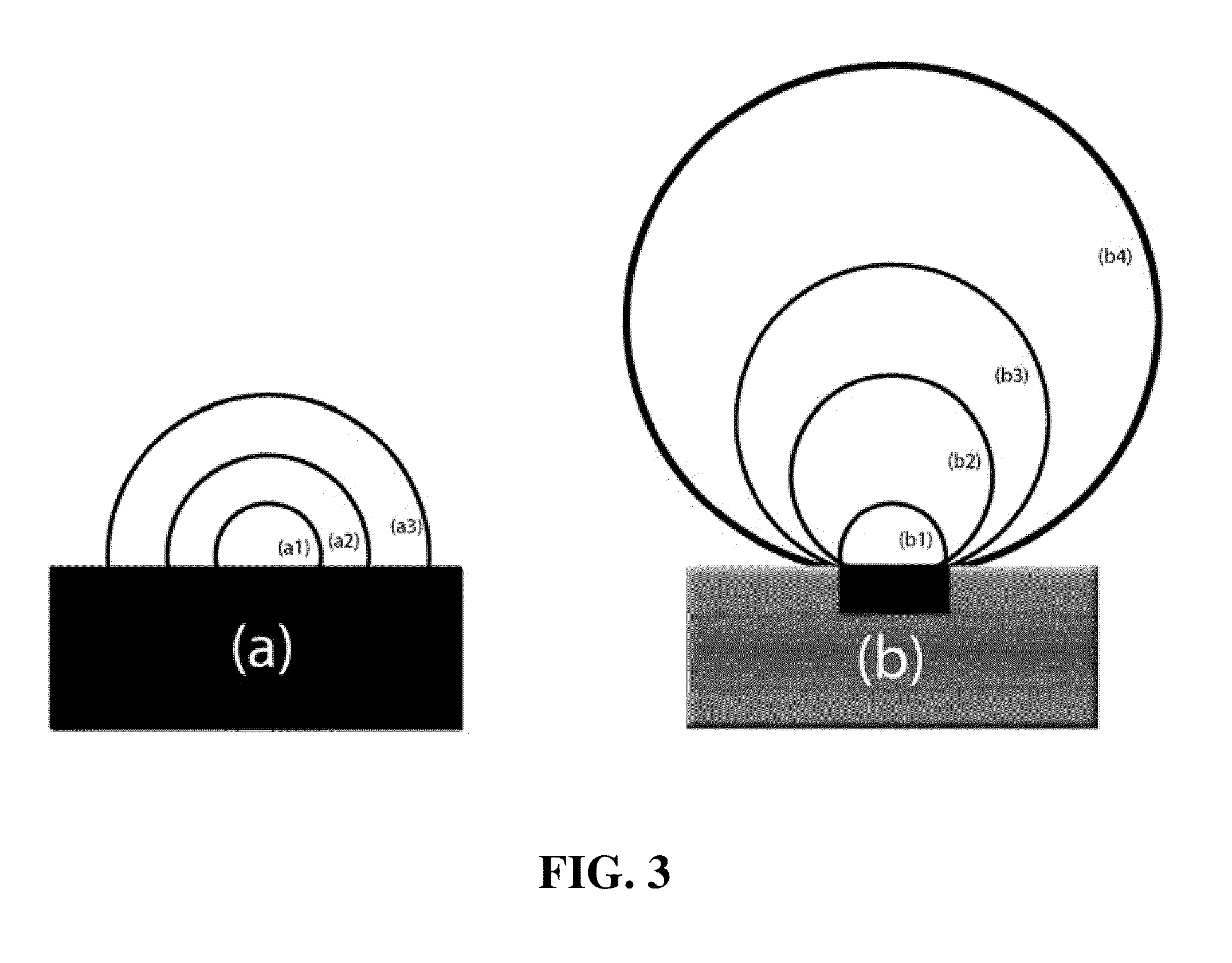Inventors at Georgia Tech have fabricated a flexible superhydrophobic, roll-off, paper with “sticky” regions to control the storage, mobility, and transport of liquid drops for microfluidic applications. The roll-off paper is prepared by plasma etching regular paper. Patterns are printed onto the roll-off paper using a desktop printer to create “sticky” regions, regions of variable adhesive force where fluid can be held in place or mixed. These “sticky” regions on the non-sticky roll-off surfaces allow for precise control and confinement of fluid drops through the pattern printed on the paper.
- Versatile – allows for flexibility of paper and any array of “sticky” dots and lines
- Simpler – space saving alternative to three-dimensional microfluidic products
- Cheaper – made using paper and simple application process for “sticky” regions
- Environmentally Friendly – made using paper, a renewable biopolymer
- Cleaner – self-cleaning properties of the “roll-off” paper help to prevent contamination
This technology has use in many diagnostic applications and any application where sterile mixing is required, including:
- Lab-on-chip devices
- Personal diagnostic kits
- Relief-aid diagnostic kits and medical equipment
Lab-on-a-chip, or microfluidic devices, are highly sought after in life sciences research and diagnostic applications. Current devices are either bulky and three dimensional or lack the ability to confine fluids to a specific area for testing. Thus, there is a need for a device with a simple design that is able to confine fluids to a specific area.

